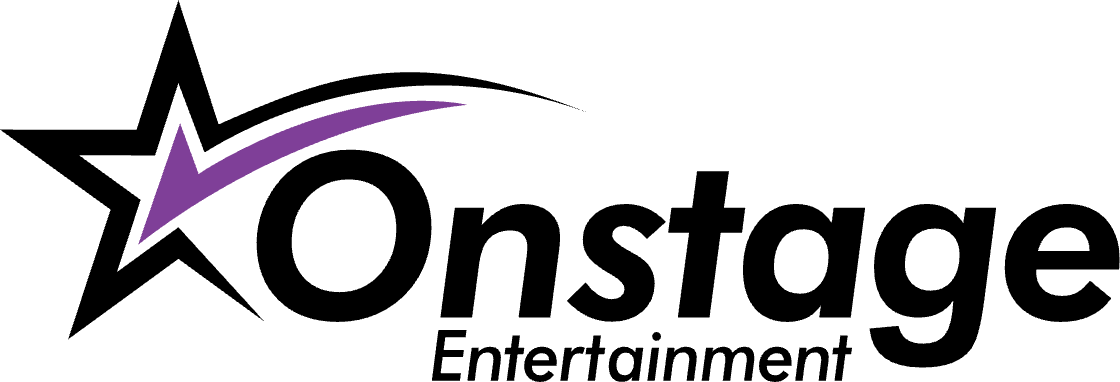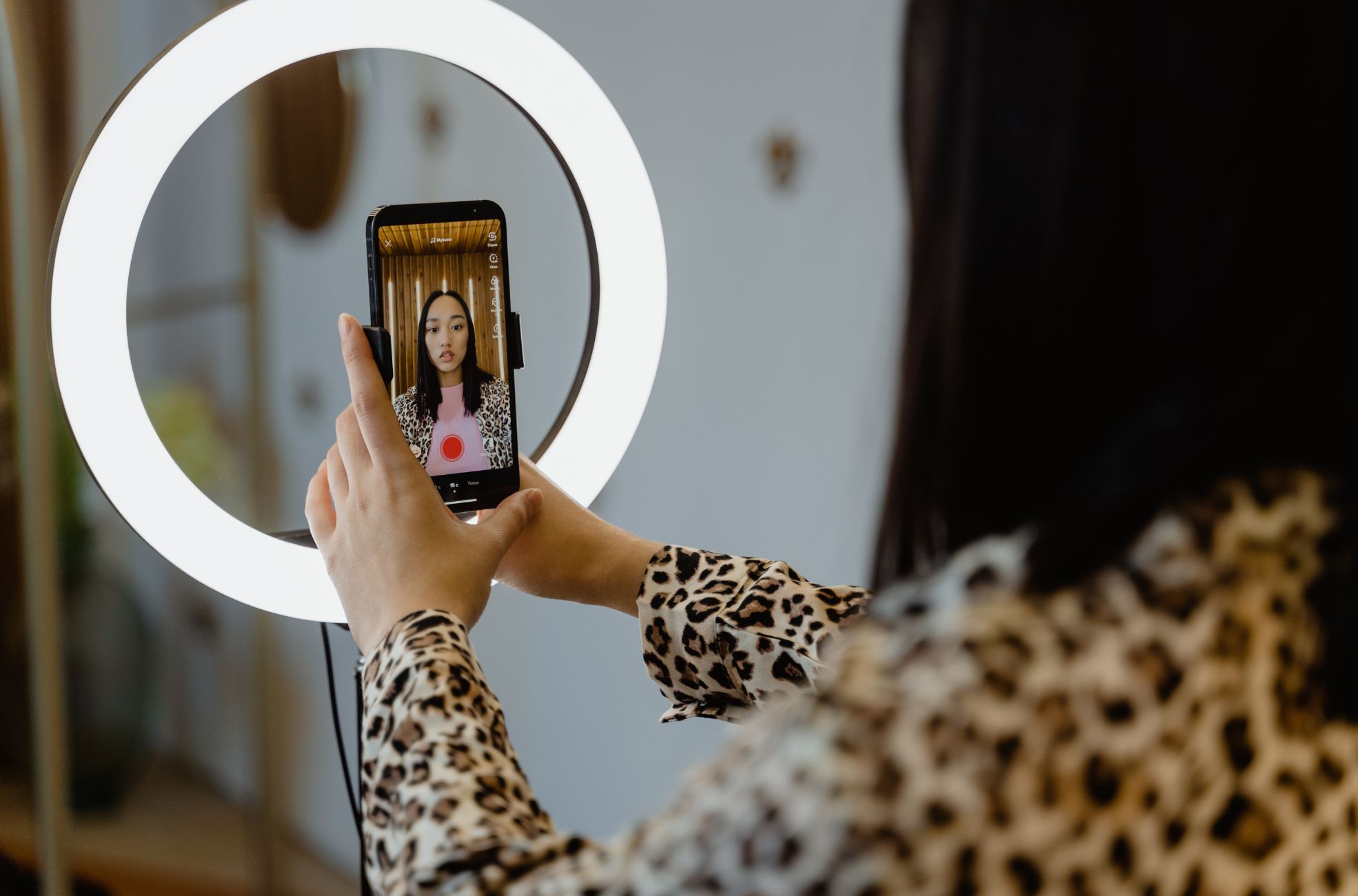Mastering how to promote an event on social media can be the difference between a sell-out and a no-show. In the digital age, social platforms are instrumental in reaching potential attendees and creating a buzz around your event. To harness the full potential of social media marketing, you’ll need to identify your goals, understand your audience, and select the right mix of platforms to engage with them.
By crafting compelling content, leveraging paid advertising, and engaging with participants, you can elevate your event’s profile and ensure it’s the talk of the town. We’ll explore the key strategies and insights you need to effectively promote your event on social media, ensuring every post and tweet translates into tangible results.
Establishing Event Goals and Target Audience
Define Clear Objectives for the Event
When you’re starting to promote an event on social media, it’s vital to lay a solid foundation by setting clear objectives. Whether your event is virtual, hybrid, or in-person, having precise goals guides your promotional efforts and ensures you’re not wasting resources. Goals are the broad outcomes you’re aiming for, like increasing brand awareness, generating leads, or fostering community engagement.
These can be long-term aspirations or short-term targets. Objectives, however, are the specific, actionable steps you’ll take to reach these goals. They should be detailed, quantifiable, and crafted to reflect the tangible results you want from your event.
Using the SMART criteria—specific, measurable, attainable, realistic, and time-based—will help create practical and ambitious objectives. Aligning these objectives with your brand’s overall marketing strategy, values, and mission statement will create a cohesive approach. You can communicate your expectations more effectively to your event planning team and measure your success with relevant key performance indicators (KPIs).
Identify Your Target Audience Demographics
Knowing who your event is for is just as important as knowing what it aims to achieve. Conducting thorough research into your potential attendees’ interests, current marketing trends, and competitor events will give you invaluable insights into the demographics of your target audience. This research will inform the content and format of your event and the strategies you’ll use to promote it on social media.
Understanding your audience’s age range, location, interests, and professional background will enable you to tailor your messaging and choose the most appropriate social media platforms for promotion.
Social Media Habits of Your Audience
To promote your event effectively on social media, you must consider your target audience’s online behaviour and preferences. This involves knowing which social media platforms they frequent, the type of content they engage with, and when they’re most active online. By putting yourself in the shoes of your audience, you can create a promotional strategy that resonates with them and encourages engagement.
Outlining your strategy should include setting milestones to help you achieve your overall goal. Brainstorming and documenting every idea will ensure that you have a comprehensive plan that highlights your central goal and the steps required to achieve it.
Aligning Your Goals with Social Media Strategy
Aligning your event goals with your social media strategy is essential. You create a unified message that resonates with your audience by ensuring that your social media efforts reflect your brand’s marketing strategy and values. Clearly communicating your goals to your event planning staff will facilitate a coordinated approach to promotion.
Additionally, establishing KPIs such as the cost-to-revenue ratio, the total number of new audience members acquired, or the number of social media mentions will help you track the effectiveness of your promotional activities. These indicators will quantify your success and provide data to refine your strategy for future events.
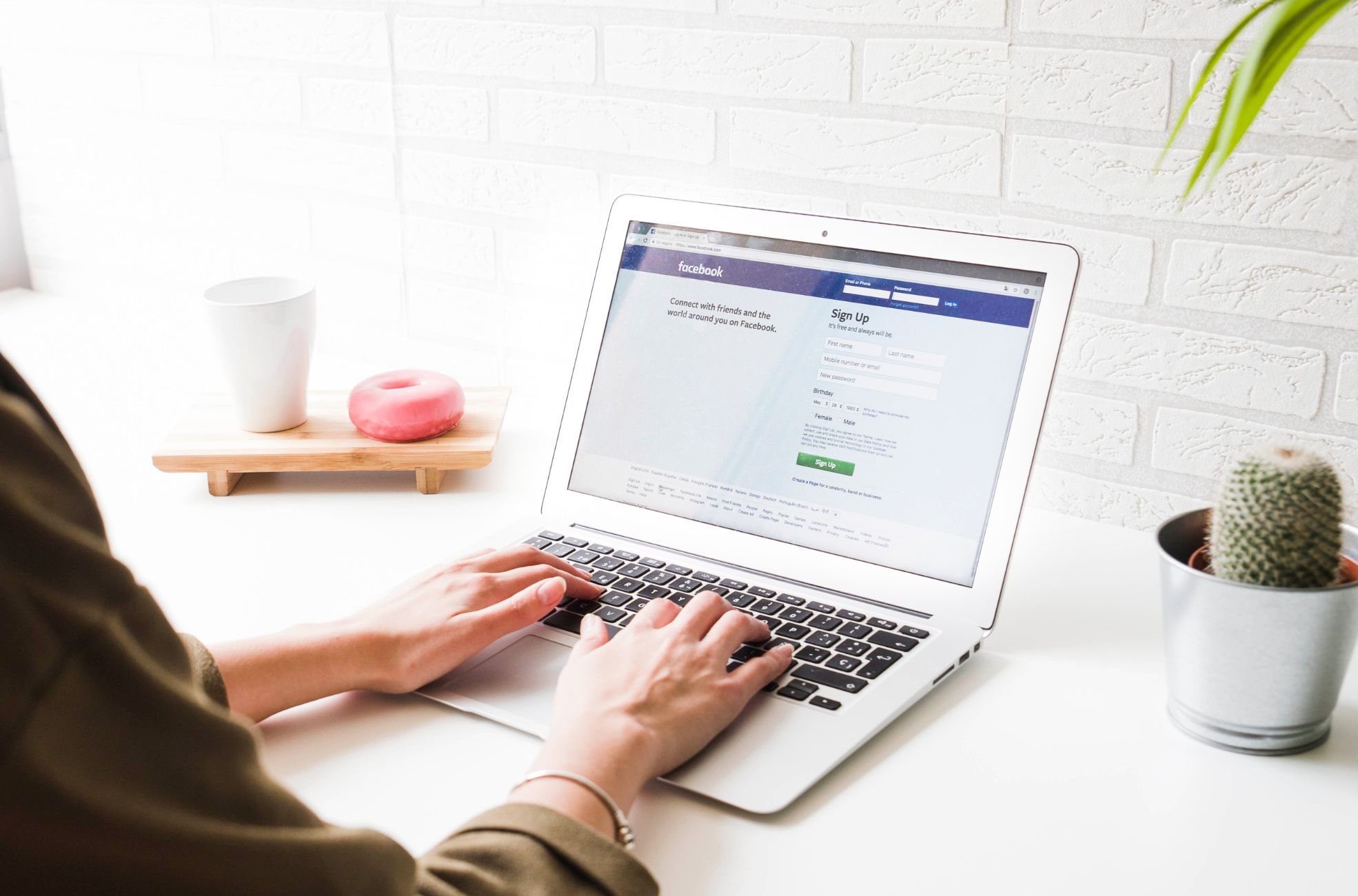
Choosing the Right Social Media Platforms
Analysing Platform Popularity and Usage Statistics
Selecting the appropriate platforms for event promotion requires understanding where potential attendees are most active. While Facebook maintains a substantial user base across various age groups, platforms like Snapchat and TikTok are particularly popular with younger demographics, with significant portions of Gen Z users. LinkedIn attracts professionals predominantly within the 30-49 age bracket, and Pinterest captivates an audience that appreciates visual content. YouTube remains a dominant force, emphasising the importance of video in capturing audience interest.
The emergence of X, formerly known as Twitter, and the growth of Snapchat illustrate the dynamic nature of social media trends, underscoring the importance of staying informed about the shifting preferences of different demographics.
Tailoring Content to Each Platform
Crafting content that aligns with each platform’s unique characteristics is essential for effective promotion. Instagram’s diverse user base and high engagement rates make it suitable for a variety of content forms. Facebook’s extensive reach is invaluable for increasing event visibility despite a comparatively lower engagement rate.
Visual elements, strategic hashtag usage, and mentions can enhance interaction on X. Understanding the strengths of each platform enables the creation of content that appeals to various segments of your audience.
Leveraging Platform-Specific Features for Promotion
Utilising the distinctive features of each social media platform can enhance event promotion. Facebook Live offers real-time interaction, while Instagram provides features like the Shop and IGTV for deeper brand exploration. X’s interactive options, such as polls and Cards, enrich the user experience.
LinkedIn’s publishing capabilities and precision-targeted advertisements are invaluable for engaging a professional audience. YouTube’s analytics offer insights into viewer preferences and Pinterest’s Rich Pins and advertising options facilitate product visibility. TikTok’s branded challenges and collaborations with influencers can significantly extend reach among younger users.
Snapchat’s geofilters add a fun, location-centric element to promotion. Capitalising on these unique features can result in a more dynamic and engaging promotional campaign.
Integrating Cross-Platform Promotion Strategies
Employing cross-platform promotion can amplify your event’s visibility. Adapting content for each platform’s user base allows for a consistent brand presence while accommodating diverse preferences. Offering exclusive content or promotions can generate enthusiasm and prompt followers to engage on multiple channels.
Features like Instagram Stories and coordinating campaign launches can produce a cohesive marketing push. Partnering with influencers can disseminate your message through their extensive platform reach. Maintaining uniform visual branding and messaging across platforms strengthens brand recognition.
Platforms like Hootsuite and Buffer facilitate content scheduling and management. At the same time, a unified analytics dashboard provides insights into campaign performance and trends. Continuously refining your social media strategy, informed by data integration and analysis, ensures that your promotional efforts remain efficient and aligned with your brand’s values.
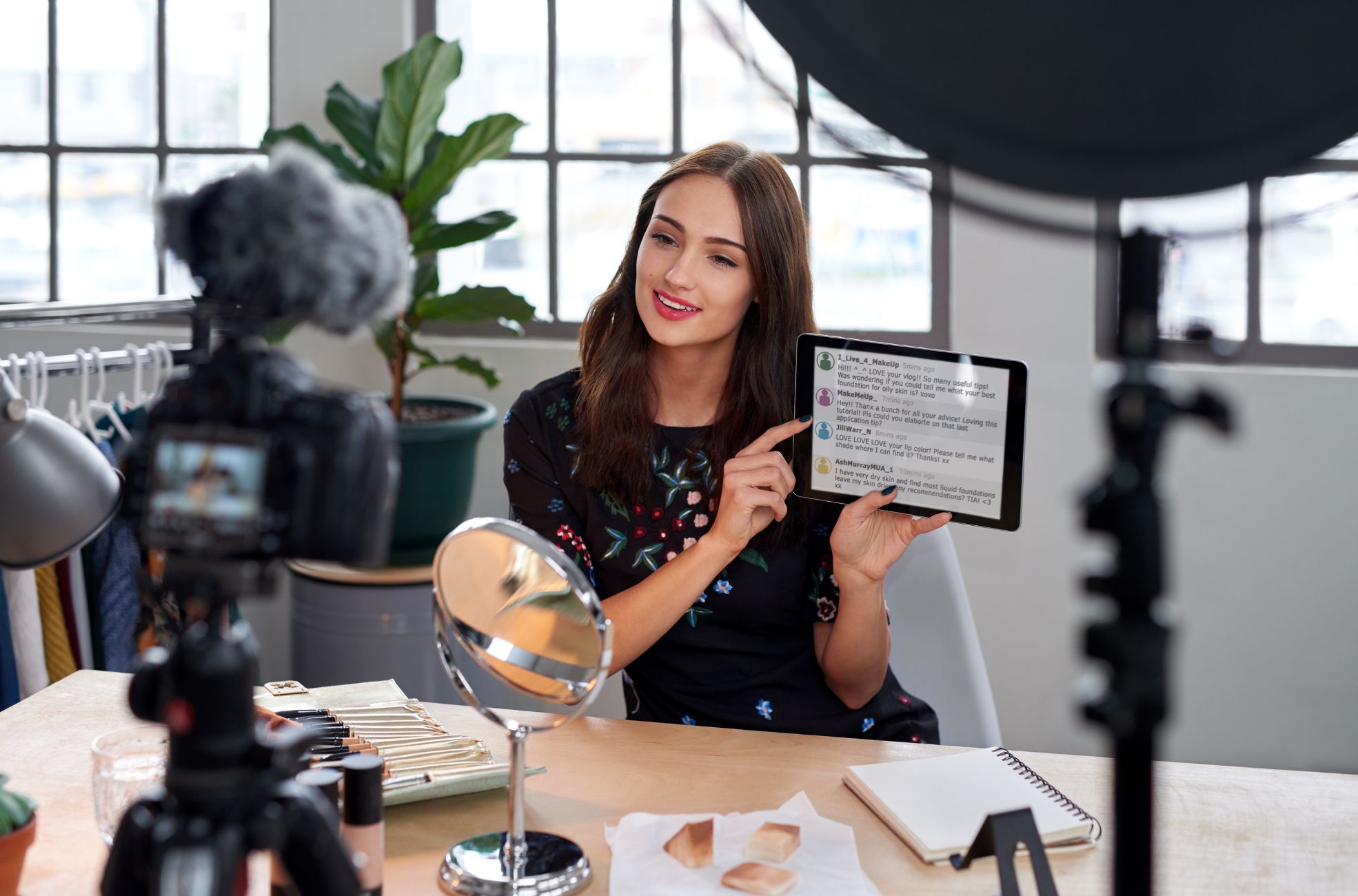
Creating Compelling Content and Visuals
Designing Eye-Catching Graphics and Videos
Visuals are crucial in capturing the interest of potential attendees on social media. A mix of stunning photographs and dynamic graphics can effectively engage your audience. For instance, a travel brand could leverage awe-inspiring images alongside animated graphics to draw viewers in.
To produce such content, you might need to enlist the expertise of a photographer or graphic designer. Numerous tools are available to aid in crafting impactful social media designs. Ensuring that your visuals are formatted correctly for each platform is essential for optimal presentation.
Writing Engaging and Informative Posts
Crafting the copy for your social media posts requires clarity and brevity. Your text should be bold and easily distinguishable, with high contrast against the background. Rigorous proofreading is advised.
The choice of font influences the tone and readability of your message. If combining fonts, do so strategically, perhaps pairing a serif with a sans serif for aesthetic harmony. When selecting colours, consider those with colour vision deficiencies to ensure accessibility.
The text should be broken into short, digestible lines. Avoid leaving single words (orphans) isolated on a line. To add emphasis, consider animating your text sparingly to maintain message clarity.
Scheduling Content for Optimal Engagement
Content must be posted when your audience is most likely to see it to maximise visibility and engagement. Understanding the peak times for each platform is critical. A well-planned content calendar allows for a strategic and resource-efficient approach.
For visual content on platforms like Instagram, ensure it is tailored for various formats, including Stories. Use backgrounds or templates for horizontal images in Stories to prevent them from appearing too small. Preview your content on multiple devices and within the platform’s interface to ensure key elements remain visible.
Utilising Teasers and Countdowns to Build Anticipation
Teasers and countdowns are effective for generating excitement. Instagram Stories offers a countdown sticker that can be customised with your event’s details, allowing viewers to set reminders and share with their network.
Sneak peeks of the event lineup can stimulate discussion. Short, engaging videos are particularly effective on platforms like Snapchat, Instagram Stories, and TikTok, where users seek out quick, shareable content. These glimpses can serve as an appetiser, sparking curiosity and conversation as the event nears.
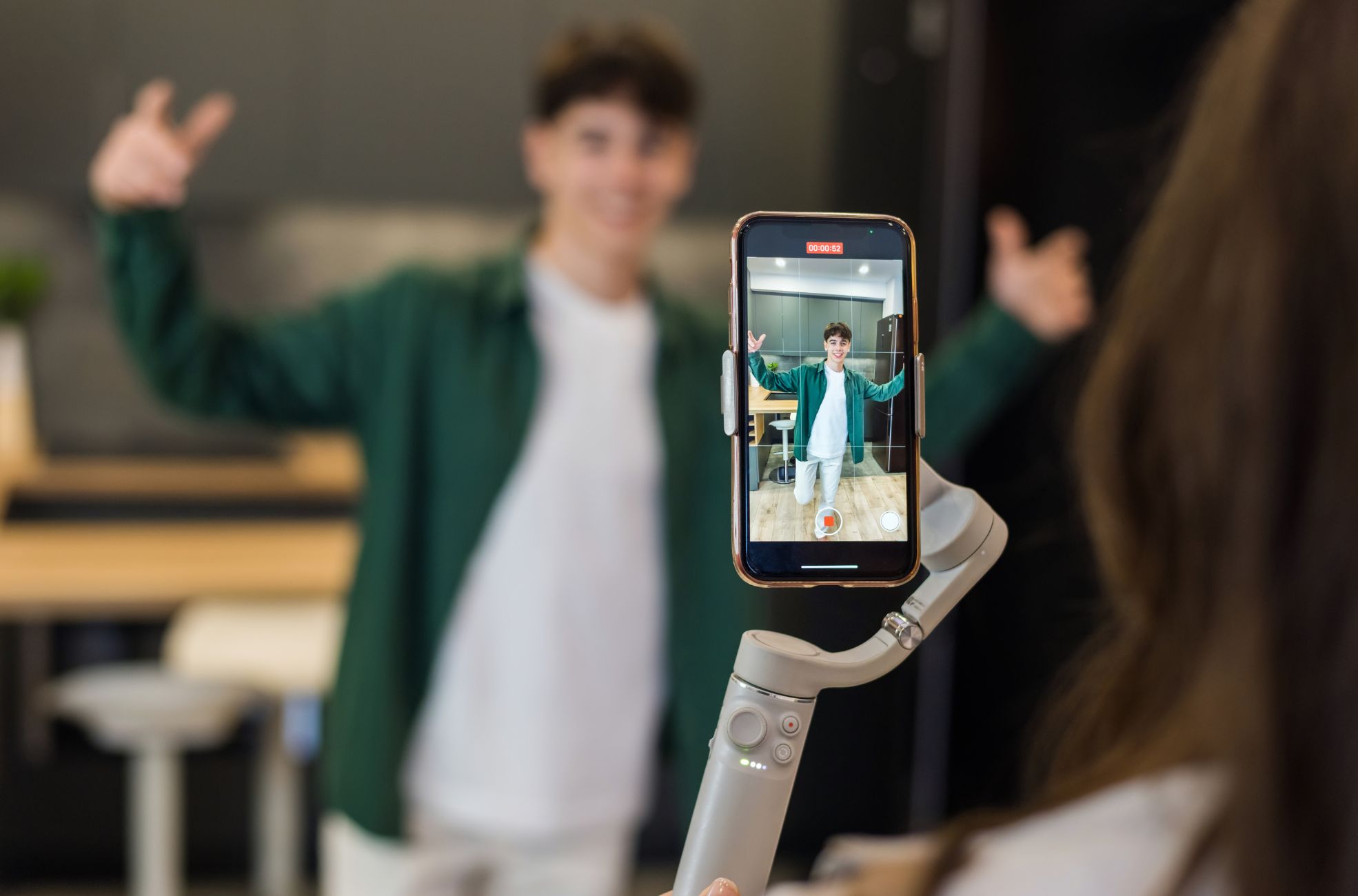
Engaging with Participants Before, During, and After the Event
Encouraging User-Generated Content and Interaction
Leveraging UGC is an effective strategy in social media event promotion. This content, which includes various formats such as images and videos, is produced by individuals rather than the brand, enhancing its authenticity. Organisations can initiate competitions prompting attendees to post their experiences with designated hashtags to capitalise on UGC, thereby increasing the event’s online footprint. A social media wall displaying live participant posts can also incentivise sharing and add an interactive component to the event.
Collaborating with influencers can amplify the event’s exposure and stimulate dialogue. Post-event, collecting testimonials from participants can serve as persuasive endorsements for future events. Many businesses have recognised the benefits of integrating UGC into their promotional tactics.
Hosting Live Sessions and Q&A to Boost Engagement
Live sessions, including Q&A segments, offer a direct channel for interaction, potentially broadening an event’s influence and solidifying its digital footprint. Selecting a platform frequented by your target demographic is crucial for these live interactions. Preparing questions in advance and having a moderator to guide the conversation can ensure a smooth experience.
Addressing audience comments and questions during the Q&A is essential for maintaining active engagement. Conducting a technical run-through can minimise the likelihood of technical difficulties. Archiving the live session provides content that can be repurposed, prolonging the event’s resonance.
Providing Real-Time Updates and Behind-the-Scenes Content
Offering updates as the event unfolds fosters inclusivity and keeps remote followers engaged. Exclusive behind-the-scenes glimpses can personalise the brand experience, showcasing the human element of the brand and reinforcing its identity. This might include employee spotlights or previews of event preparations.
Collaborating with media partners can expand reach and provide varied viewpoints. Mutual promotion of content can lead to enhanced visibility. Such content not only bolsters the brand’s digital presence but also cultivates customer relationships by revealing the brand’s ethos and culture.
Following Up with Participants Post-Event
Continuing to engage with attendees after the event concludes is vital for sustaining the connection. Actions such as sharing event highlights, expressing gratitude, or offering summaries of the event help keep the experience at the forefront of participants’ minds. These follow-ups can also be an opportunity to gather feedback, which is invaluable for refining subsequent events to better align with audience preferences.
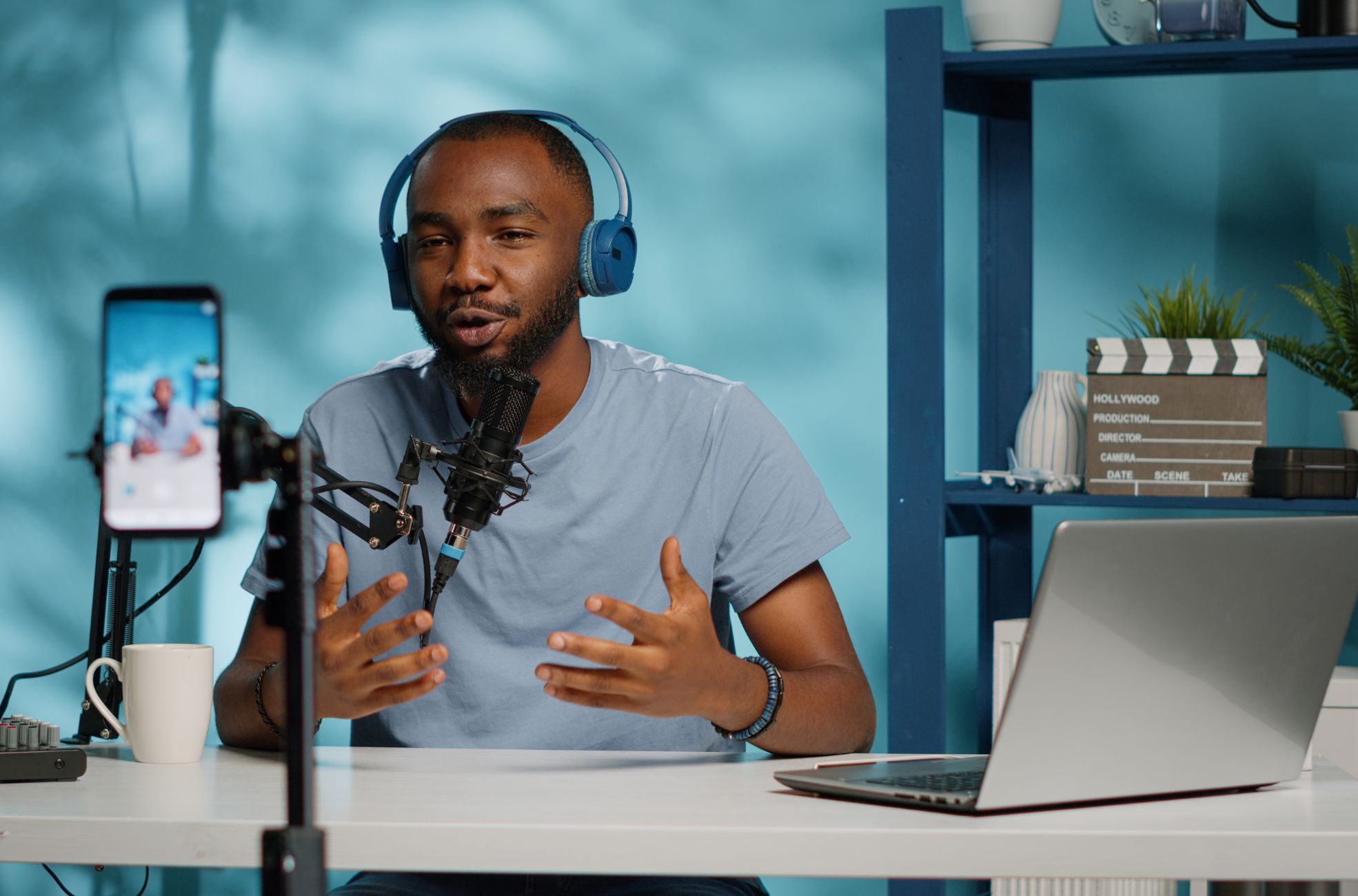
Leveraging Paid Social Media Advertising
Different Ad Formats and Their Benefits
Selecting the optimal ad format is crucial for achieving your promotional objectives. Image Ads can effectively direct traffic to your event’s landing page, providing a direct link for easy access.
Carousel Ads allow for a narrative approach. They showcase up to ten visuals or clips, each with a unique link and CTA, to convey a comprehensive story about your event.
For events with a variety of offerings, Product Ads can display an extensive array of items, ideal for reconnecting with users based on their specific interests. Interactive Ads utilise advanced digital features to captivate users, fostering longer engagement with the ad’s content.
Lead Form Ads are instrumental in compiling a database of potential attendees and can facilitate newsletter sign-ups, follow-up communications, or direct event sign-ups. Video Ads are increasingly favoured for their ability to engage users more effectively than static formats.
Text Ads, often located in the sidebar of social media feeds, can efficiently present your event’s essential information alongside your brand’s logo.
Setting Up Targeted Ad Campaigns
Developing a targeted ad campaign involves a strategic approach that considers your audience’s platform preferences and the desired outcomes. The selection of ad formats should align with these considerations and your available budget.
Measuring and Analysing Ad Performance
Evaluating the impact of your ads requires a comprehensive analysis of metrics such as shares, comments, and engagement rates, not just viewership numbers. Examining follower growth and comparing metrics can provide insights that surpass the capabilities of native analytics tools. On platforms like Facebook and Instagram, sorting posts by different metrics can reveal which types of content resonate most with your audience.
Adjusting Strategies Based on Analytics
Utilising analytics is key to refining your advertising approach. For example, adhering to Facebook’s recommendation to limit text in image ads ensures better delivery. While Facebook can automatically arrange carousel images based on performance, manual control may be necessary for events requiring a specific sequence.
Understanding that video ads will autoplay in mute when visible on the user’s screen is important for crafting content that captures attention even without sound. YouTube offers tools to reconfigure video content and target viewers at various engagement stages.
By continually modifying your strategies with analytics feedback, you can enhance the efficacy of your advertising, ensuring that your event resonates with your intended audience and meets your promotional goals.
Ready, Set, Promote!
Navigating the social media landscape can feel like steering through a bustling souk – vibrant and a tad overwhelming. But with clear objectives, keen audience insights, and compelling content, promoting your event can become a tactical dance that captivates and engages.
Harness the distinctive features of each platform, embrace the power of visual storytelling, and foster dynamic conversations with your audience. As you unfurl the banners of your social media campaign, remember that adaptability and attentiveness to feedback are your allies in this endeavour.
So, charge digital marketers with your toolkit brimming with creativity and strategic know-how. Your event’s success is but a well-executed plan away. Let’s make social media the stage where your event shines!
